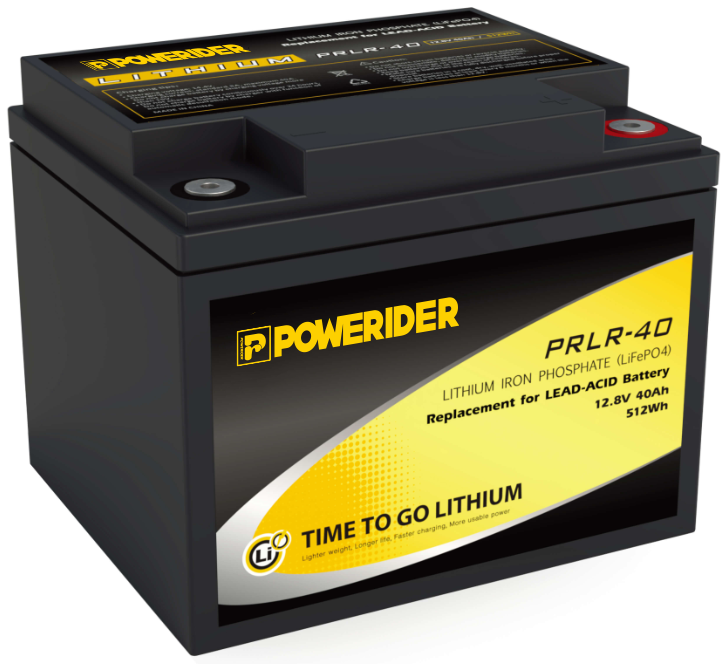
Privacy statement: Your privacy is very important to Us. Our company promises not to disclose your personal information to any external company with out your explicit permission.
From the market where electric vehicles are currently sold, whether it is a battery brand, design or a wide range of brands, lead-acid batteries are lithium-ion iron phosphate batteries, so what is the difference between lithium-ion batteries and lead-acid batteries? The following is a summary of the difference between lithium-ion batteries and lead-acid batteries for consumer reference.
The details are as follows:
Mass and volume
Typically, lead-acid batteries weigh between 16 and 30 kilograms, which is relatively large. Lithium-ion batteries generally weigh 2.5-3.0 kg and are relatively small, making them light and easy to carry. From a quality point of view, it is difficult to judge the advantages and disadvantages of the two, but consumers can buy high quality batteries produced by reputable manufacturers according to their actual conditions.
Battery capacity
Lithium-ion batteries typically have a capacity of 8-10 amps. Lead-acid batteries have a capacity of around 20 amps.

Mileage For example, using the same 48V battery, both lithium-ion and lead-acid electric vehicles can travel 30-40 kilometres on a full charge, depending on the size of the motor used. Durability Lithium-ion batteries are long-lasting, have low power consumption, can be recharged and discharged more than 500 times, have no memory and typically last 4-5 years. Lead-acid batteries generally have less than 400 charge and discharge cycles, no memory and a life of around 2 years. If a maintenance-free lead-acid battery is used, it should be noted that the battery loses less water and distilled water is generally not added during use. In terms of durability, lithium-ion batteries have good impact resistance. The fully charged battery is well secured. It vibrates for 1 hour at an amplitude of 4mm and a frequency of 16.7Hz. Overcharge resistance, 25℃, fully charged battery 0.1CA charge for 48 hours, no leakage, no battery expansion and fracture, open circuit voltage is normal, capacity retention rate of more than 95%; high current resistance, fully charged 2CA discharge for 5 minutes or 10CA discharge for 5 seconds, no conductive part fusion, no deformation in appearance. Prices and warranties At present, the mainstream battery on the market is 48V, if you need to replace, the lead-acid battery is about 450, and the warranty period is 1 year; lithium-ion batteries are relatively expensive, about 1,000 yuan, but the warranty period is two years. Environmental protection In 2012, the State announced the access conditions for the lead-acid industry, after which the lead-acid industry has been integrated, most manufacturers use the internalization of cadmium and arsenic-free green production, more energy-saving, more environmentally friendly, only in the recycling process, if the method is not appropriate may lead to pollution; lithium-ion batteries are more environmentally friendly in terms of production and recycling. At present, lithium-ion batteries cover a variety of technologies, but the differences are also great. Often referred to as Li-ion batteries, Li-ion batteries are actually Li-ion batteries, which rely on lithium ions to embed and swim between the positive and negative poles to achieve the mutual conversion of chemical energy into electrical energy. According to the different anode materials, lithium-ion batteries can have many kinds of important uses of the current mainstream anode: the battery is lithium cobalt oxide lithium manganese oxide and ternary materials, the negative electrode uses graphite. When charging, the lithium ions from the anode float to the anode, the electrolyte is embedded in the inner layer of graphite, and when discharging, the lithium ions float from the cathode graphite coating through the electrolyte to the anode material. The greater the storage capacity of the positive and negative materials of the lithium ions. The greater the potential difference between lithium and lithium, the higher the energy density of the battery. Therefore, when the battery is usually tested, the internal resistance of the battery is as small as possible, so the lithium-ion battery, lithium, lithium embedding is better, and the battery charge and discharge are more full, which is what we usually say, the battery life is very good and the quality is very good.

Privacy statement: Your privacy is very important to Us. Our company promises not to disclose your personal information to any external company with out your explicit permission.

Fill in more information so that we can get in touch with you faster
Privacy statement: Your privacy is very important to Us. Our company promises not to disclose your personal information to any external company with out your explicit permission.